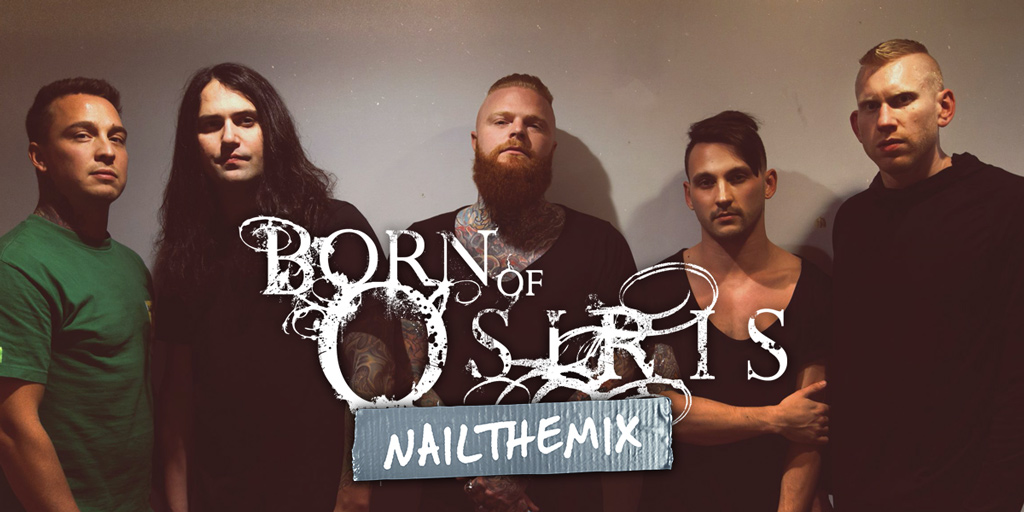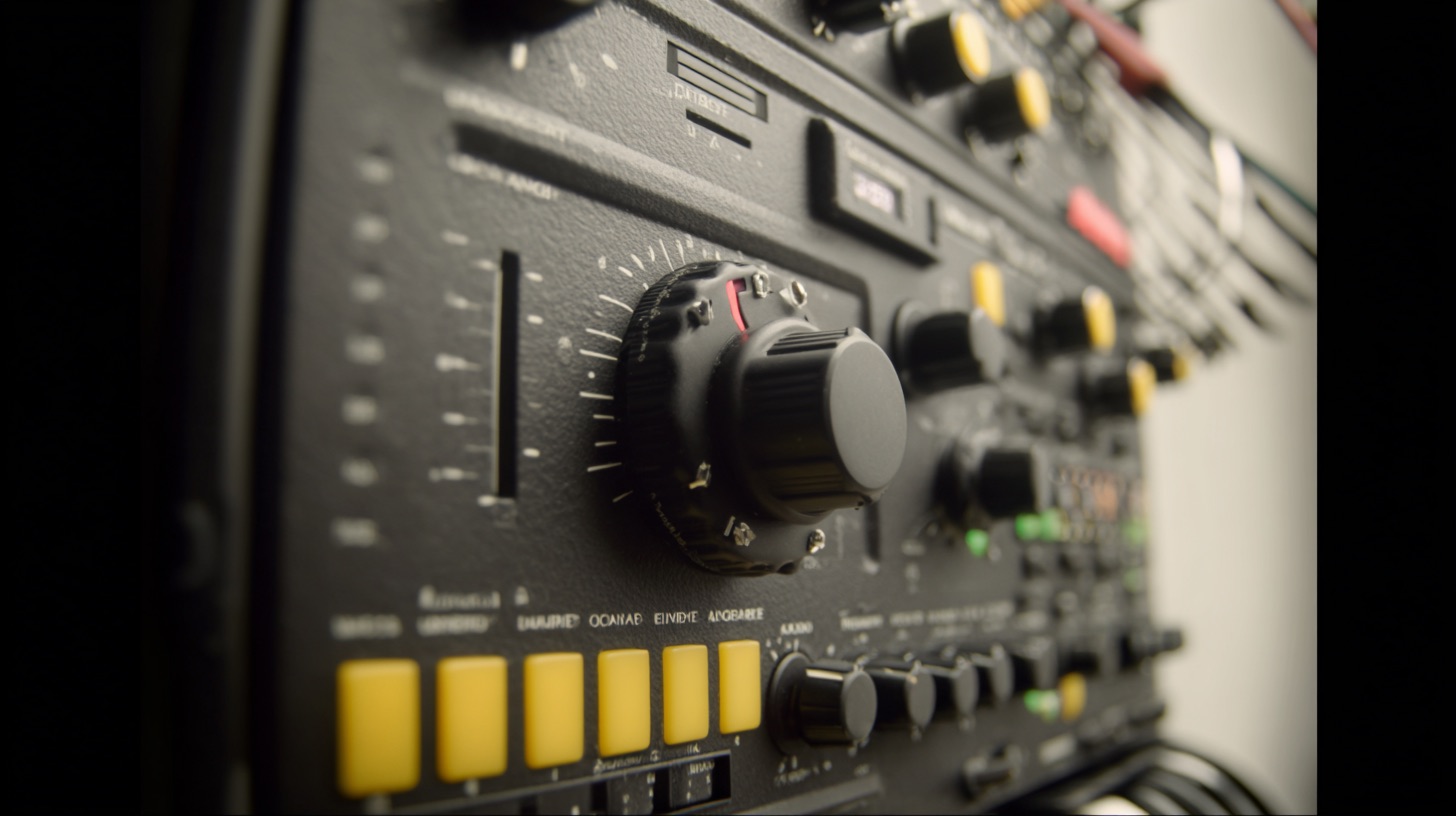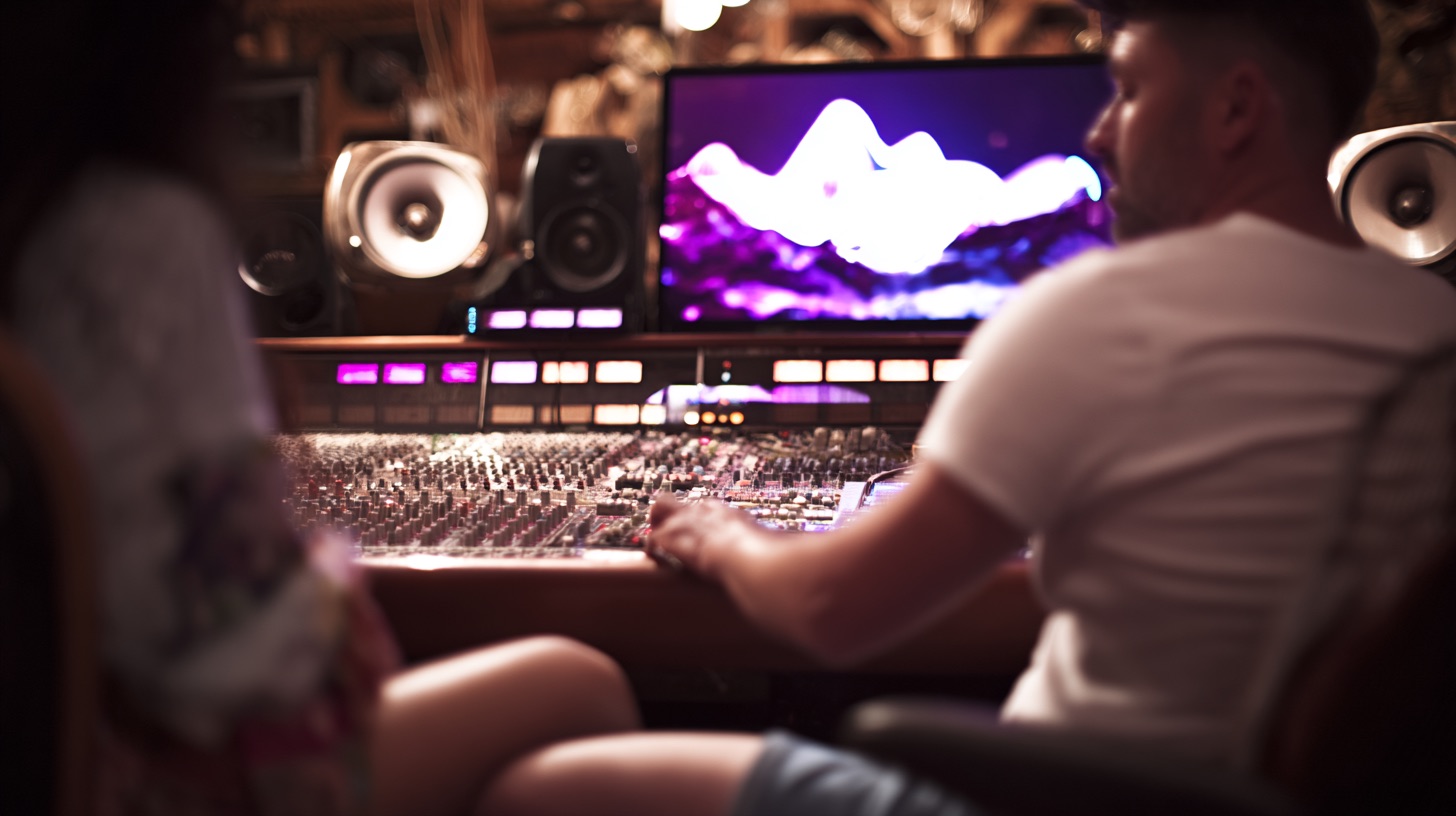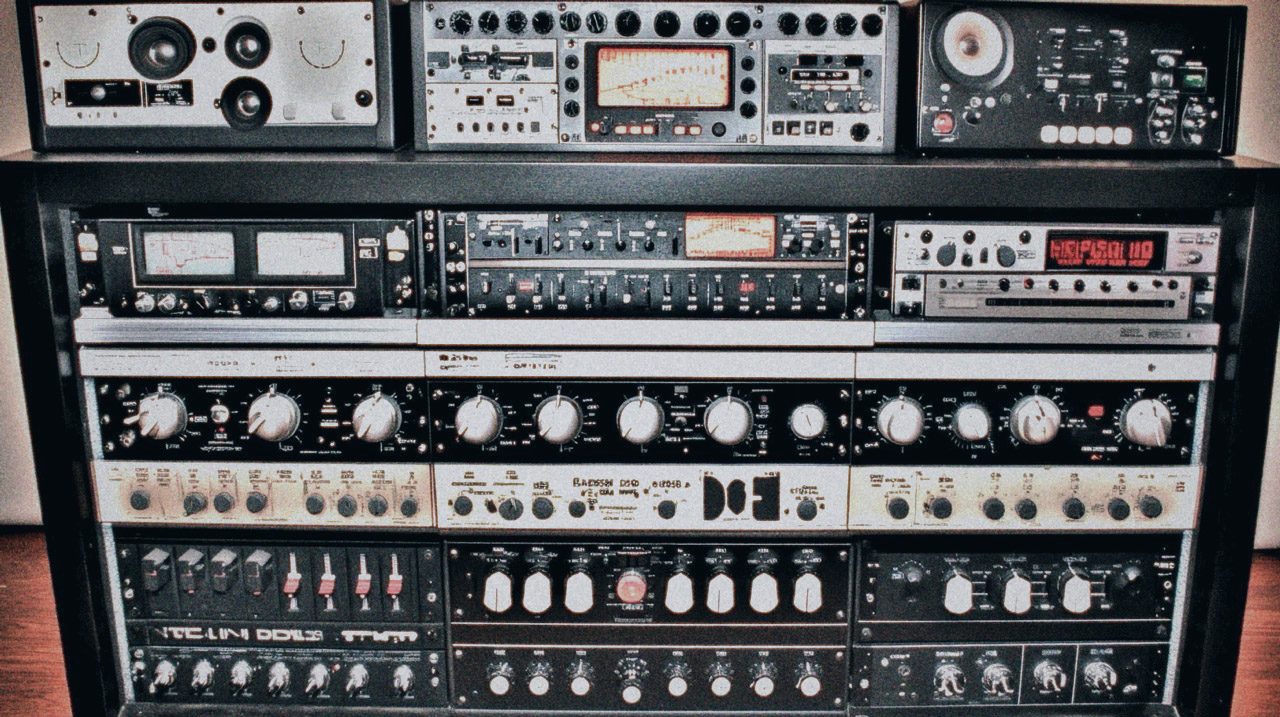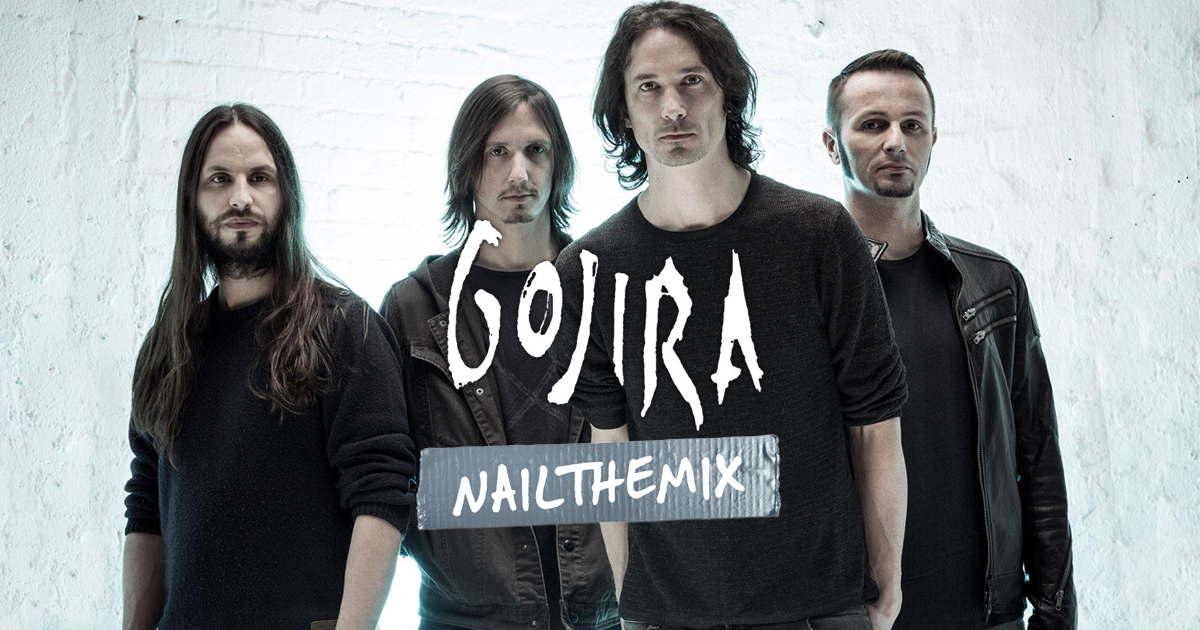
Mixing Gojira’s Brutal Vocals with Logan Mader
Nail The Mix Staff
Gojira’s vocals are a force of nature. Joe Duplantier’s roar is as iconic as their crushing riffs, a core element of their sound that needs to be powerful, clear, and aggressive without overwhelming the mix. So how do you take that raw performance and make it sit perfectly in a dense, modern metal track?
We got a front-row seat as legendary producer/mixer Logan Mader (Machine Head, Fear Factory) broke down his exact process for mixing Gojira’s vocals. Forget hypothetical tips; this is a real-world look at the plugins, settings, and workflow used to shape one of metal’s most distinct voices. If you want to make your own heavy vocals cut through, these techniques are a goldmine. You can see his entire process and get the multitracks for yourself on Nail The Mix.
The Foundation: A Unified Vocal Bus
Before even touching a single plugin, Logan Mader sets up his vocal routing. His approach is all about cohesion and efficiency. Instead of processing each vocal track individually, he routes all the lead vocal tracks—the main take, doubles, and even quadruples—to a single stereo auxiliary bus.
Why do it this way?
- Sonic Glue: Processing all the vocal layers together through the same chain of compressors and EQs makes them sound like one massive, cohesive performance rather than a stack of separate recordings.
- CPU Efficiency: It’s way more efficient than loading the same plugins on six different tracks.
- Simplicity: When the vocal layers are all part of the same core performance, this approach simplifies the mix. One fader, one set of processors.
Once the instrumental is slamming, he brings in this vocal bus and starts carving out its space in the mix.
The Vocal Chain: Crafting the Tone on the Bus
With all vocals routed, the real magic happens on the aux bus chain. It’s a multi-stage process of dynamic control, tonal shaping, and adding character.
Taming Dynamics with Serial Compression
Logan isn’t afraid to hit the vocals hard with compression to get them to sit up front and stay there. He uses serial compression—two compressors back-to-back—with each one doing a little bit of work. This often sounds more transparent and controlled than one compressor doing all the heavy lifting.
- Compressor 1: The Waves CLA-3A: First in the chain is a classic opto-style compressor. Logan uses the CLA-3A to handle the initial dynamics, aiming for about -3dB of gain reduction. This provides smooth, musical leveling that glues the vocal performance together.
- Compressor 2: Adding “Spank”: After the initial leveling, a second compressor is used for character and vibe. Logan engages a “spank mode” on this plugin to add a more aggressive and punchy feel, helping the vocals cut through the wall of guitars and drums.
Brightening the Classic SM7B Sound
The vocals for this session were recorded with a Shure SM7B, a workhorse dynamic mic known for its smooth-mid range and ability to handle loud sources. It’s a fantastic choice for heavy vocals, but it can sometimes need a little high-end lift to sparkle in a dense mix.
Rather than making complex surgical EQ moves, Logan reaches for a simple Tilt EQ. A Tilt EQ acts like a seesaw, simultaneously boosting the highs while cutting the lows (or vice-versa) around a central pivot point. He notes that just turning the plugin on adds a nice brightness. This simple, broad-stroke approach is often all that’s needed to give an SM7B-recorded vocal the air and presence it needs without making it harsh. For more precise tonal shaping, this vocal EQ cheat sheet can help you pinpoint problem frequencies.
To cap off the chain, a de-esser is placed at the end to catch any sibilance or harshness that might have been emphasized by the compression and EQ, ensuring the final sound is aggressive but not grating.
Creating Space with Smart Vocal Effects
With the core vocal tone dialed in, Logan uses delays to create depth and impact, but with surgical precision to avoid a washy, cluttered mix.
The Filtered Stereo Delay
For a standard stereo slap/delay effect, Logan uses the Waves H-Delay. The key trick here isn’t the delay time itself, but his use of the built-in filters. He aggressively rolls off both the low and high frequencies of the delay repeats. This makes the delay sound thin and focused, creating a sense of space around the vocal without adding mud or clashing with the cymbals. The effect is felt more than heard, adding width without clutter.
Automated Long Delays for Emphasis
For more dramatic moments, a second, longer delay is set up on a separate send. Instead of leaving this on for the whole track, the send is automated. This means only specific words or the end of a climatic phrase are sent to the long delay, creating an epic “throw” that echoes into the next section. It’s a powerful way to add impact and transition between song parts without washing out the entire vocal performance.
Bringing It All Together
Logan Mader’s approach to mixing Gojira’s vocals is a masterclass in controlled aggression. By using a unified bus, smart serial compression, simple-but-effective EQ, and carefully filtered effects, he creates a vocal sound that is massive, clear, and powerful.
Gojira on Nail The Mix
Logan Mader mixes "Toxic Garbage Island"
Get the Session
These techniques are a fantastic starting point. But understanding the “how” is only half the battle. To really elevate your mixes, you need to understand the “why” behind every decision. On Nail The Mix, you can watch world-class producers like Logan Mader mix legendary tracks from scratch, explaining every move in real-time.
If you’re ready to see how the pros get release-ready sounds, you can download the full multitracks and watch Logan’s complete mixing session for this Gojira track right here.
Get a new set of multi-tracks every month from a world-class artist, a livestream with the producer who mixed it, 100+ tutorials, our exclusive plugins and more
Get Started for $1


